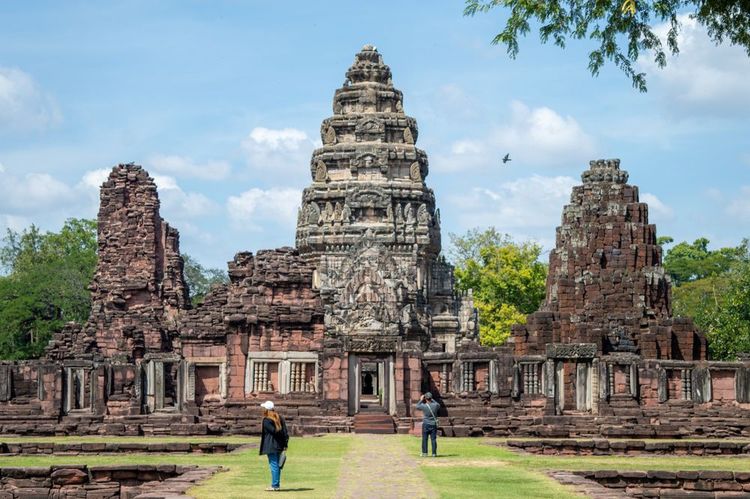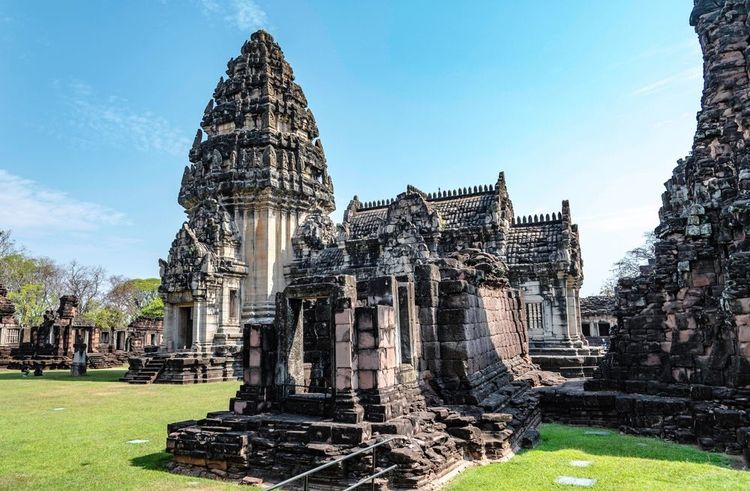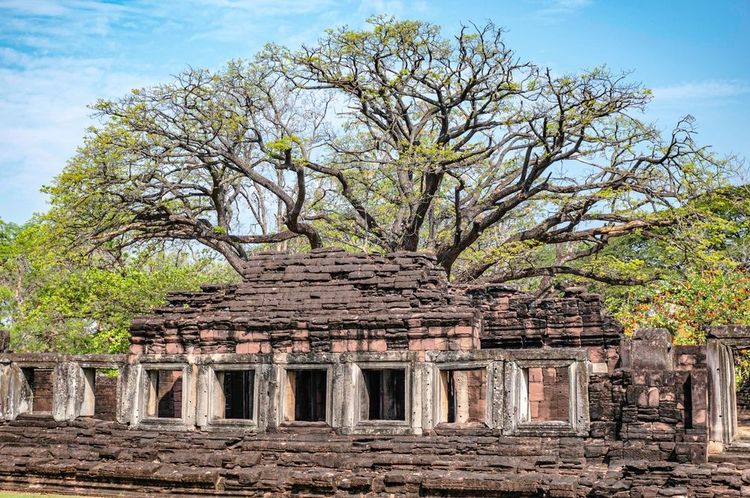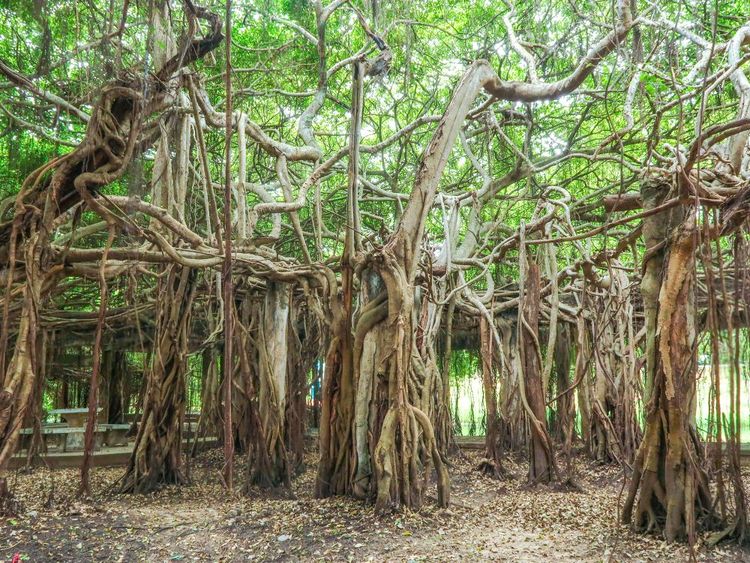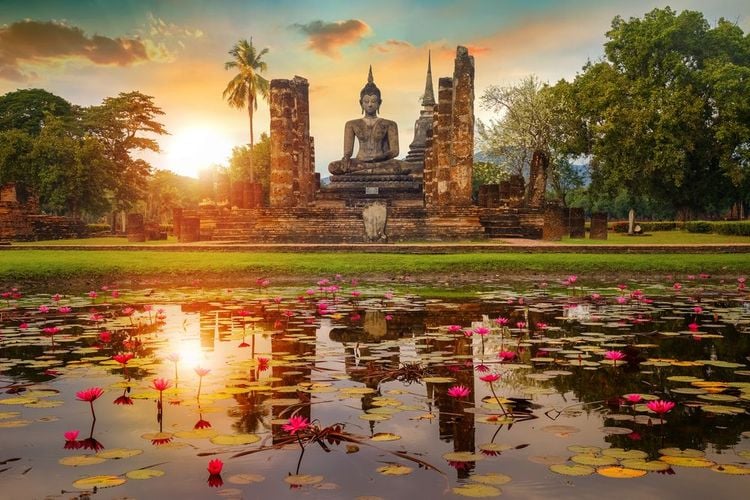Phimai, nestled in the province of Nakhon Ratchasima in north-east Thailand, was given an outpost during the Khmer Empire around 1000 AD, and remained so for 300 years. Today, the town is famous for its marvellous Khmer ruins and the Sai Ngam, Thailand's largest banyan tree.
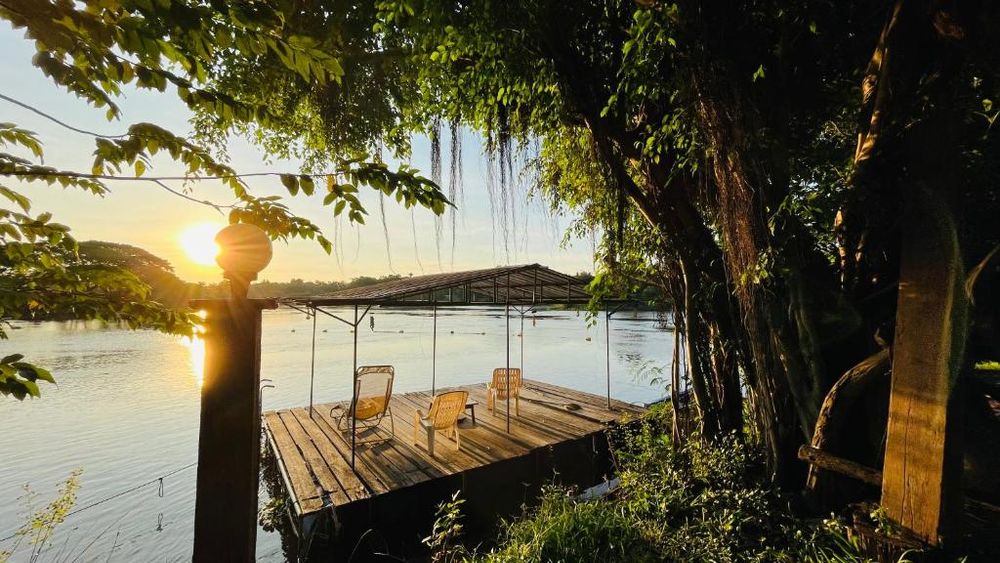 Thailand
Thailand
